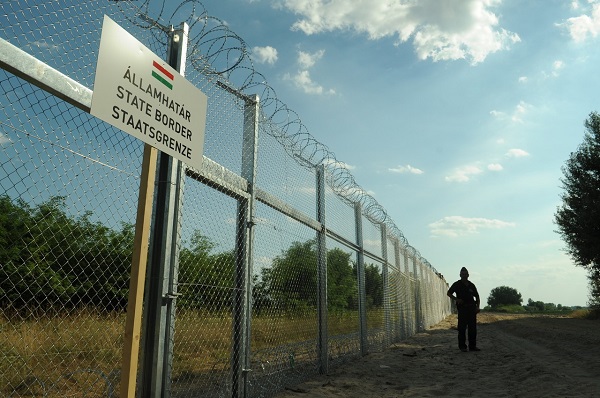UN member states recently concluded their negotiations of the Global Compact for Safe, Orderly and Regular Migration. This agreement, unprecedented on an international level, establishes instruments and commitments and an institutional structure for the coordinated implementation of migration policies throughout the world.
In the Global Compact, two different approaches coexist: one that seeks to control migration, which is the prevailing approach in the world and has extremely grave consequences; and another that is based on migrants’ rights.
As part of this tension, on the one hand the agreement enables the adoption of measures aimed at reducing and preventing migration. Its Objective 11, for example, establishes the commitment to “manage our national borders in a coordinated manner…ensuring security for States, communities and migrants, and facilitating safe and regular cross-border movements of people while preventing irregular migration.” Detention is legitimated as a migration policy instrument, despite the understanding that it is a measure of last resort and the commitment to work to promote alternatives. Deportation also has preponderance in the text, with Objective 21 seeking to “cooperate in facilitating safe and dignified return and readmission, as well as sustainable reintegration,” while providing insufficient clarity on the criteria that would impede such expulsions. In addition, the concept of non-criminalization of irregular migration is very limited. In all these areas, the Compact does not manage to incorporate the highest international standards.
On the other hand, states vow in the agreement to “save lives and establish coordinated international efforts on missing migrants.” They also make commitments to expanding regular migratory channels, including the possibility of using humanitarian criteria related to natural disasters, climate change and family reunification. One of the Compact’s most encouraging aspects is the commitment by states to protect migrants in situations of vulnerability, recognizing that this scenario can arise from the circumstances of their travels or from the context they face in their countries of origin, transit or destination. In a robust way, the Compact establishes a commitment to “uphold the best interests of the child at all times, as a primary consideration in situations where children are concerned.” In a similar vein, it points to the relevance of policies aimed at helping women migrants at risk, members of ethnic and religious minorities, victims of violence (including sexual and gender violence), older persons, people with disabilities, victims of discrimination, indigenous people, victims of labor exploitation, domestic workers, and victims of human smuggling and trafficking – regardless of their migration status. The Compact highlights as good practice that migrants in irregular conditions have access to a mechanism for the individual assessment of their situation, with due process guarantees and which could result in them being granted regular status; it also touts the development of procedures that facilitate changes to a person’s migration category. Finally, the text establishes a commitment to guarantee that “all migrants, regardless of their migration status, can exercise their human rights through safe access to basic services.”
Given the international context of growing xenophobia and nationalism, these are important advances, despite their limits and ambiguities. Especially in a context in which countries such as the United States, Hungary and Australia declared that they will not adhere to the agreement, which they consider to be “extremist” and contrary to their sovereign national interests.
The Global Compact will be formally adopted at the General Assembly session due to take place in September and signed at an Intergovernmental Conference in Marrakesh in December of this year. After that, much will have to be done to ensure that its follow-up and implementation promote migratory policies that further the protection of rights. It is essential that international human rights protection mechanisms play a decisive role in this process, and that actors with experience and local legitimacy participate actively so that the commitments enshrined in this agreement have a concrete impact.
Photo: Délmagyarország/Schmidt Andrea

